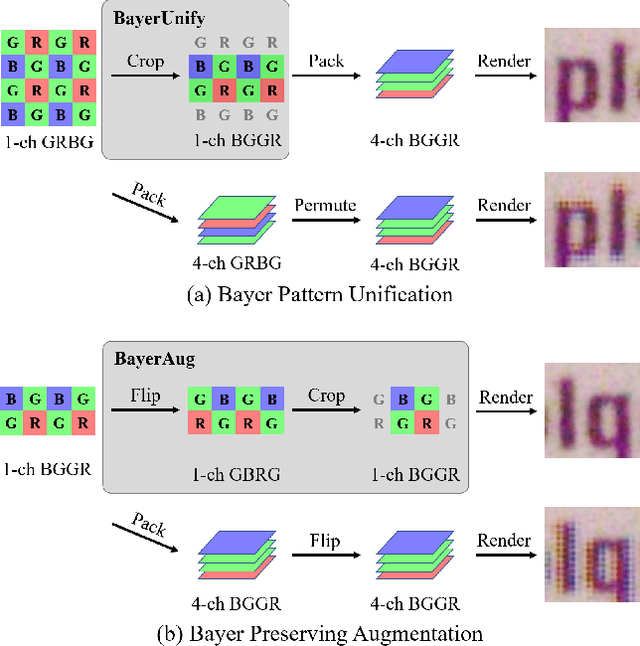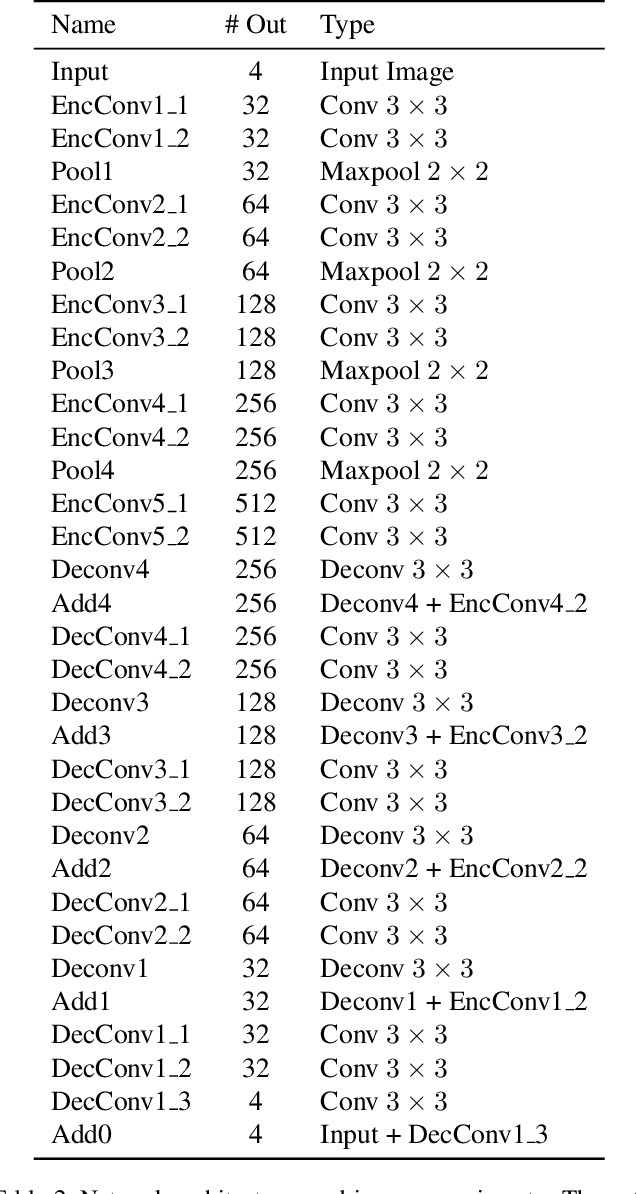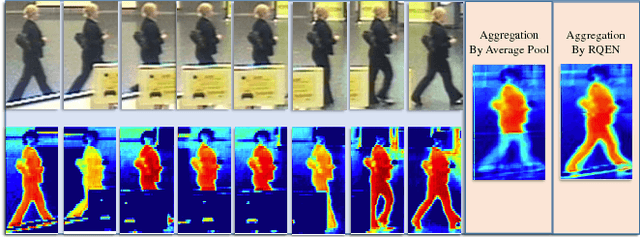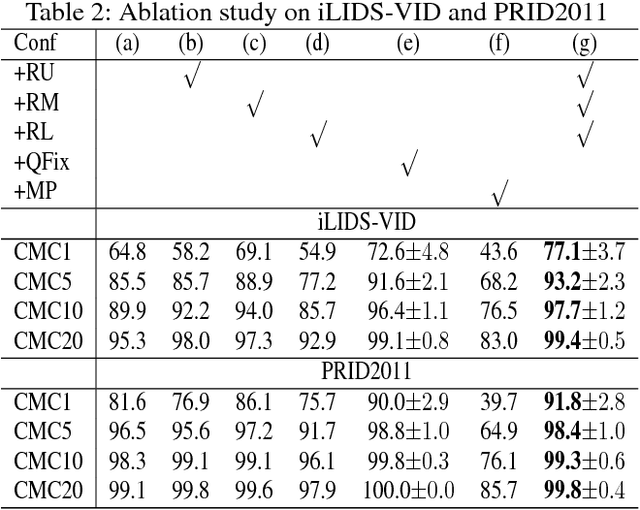Shaofan Cai
Disentangled Image Matting
Sep 10, 2019



Abstract:Most previous image matting methods require a roughly-specificed trimap as input, and estimate fractional alpha values for all pixels that are in the unknown region of the trimap. In this paper, we argue that directly estimating the alpha matte from a coarse trimap is a major limitation of previous methods, as this practice tries to address two difficult and inherently different problems at the same time: identifying true blending pixels inside the trimap region, and estimate accurate alpha values for them. We propose AdaMatting, a new end-to-end matting framework that disentangles this problem into two sub-tasks: trimap adaptation and alpha estimation. Trimap adaptation is a pixel-wise classification problem that infers the global structure of the input image by identifying definite foreground, background, and semi-transparent image regions. Alpha estimation is a regression problem that calculates the opacity value of each blended pixel. Our method separately handles these two sub-tasks within a single deep convolutional neural network (CNN). Extensive experiments show that AdaMatting has additional structure awareness and trimap fault-tolerance. Our method achieves the state-of-the-art performance on Adobe Composition-1k dataset both qualitatively and quantitatively. It is also the current best-performing method on the alphamatting.com online evaluation for all commonly-used metrics.
Learning Raw Image Denoising with Bayer Pattern Unification and Bayer Preserving Augmentation
Apr 29, 2019



Abstract:In this paper, we present new data pre-processing and augmentation techniques for DNN-based raw image denoising. Compared with traditional RGB image denoising, performing this task on direct camera sensor readings presents new challenges such as how to effectively handle various Bayer patterns from different data sources, and subsequently how to perform valid data augmentation with raw images. To address the first problem, we propose a Bayer pattern unification (BayerUnify) method to unify different Bayer patterns. This allows us to fully utilize a heterogeneous dataset to train a single denoising model instead of training one model for each pattern. Furthermore, while it is essential to augment the dataset to improve model generalization and performance, we discovered that it is error-prone to modify raw images by adapting augmentation methods designed for RGB images. Towards this end, we present a Bayer preserving augmentation (BayerAug) method as an effective approach for raw image augmentation. Combining these data processing technqiues with a modified U-Net, our method achieves a PSNR of 52.11 and a SSIM of 0.9969 in NTIRE 2019 Real Image Denoising Challenge, demonstrating the state-of-the-art performance.
Region-based Quality Estimation Network for Large-scale Person Re-identification
Dec 21, 2017



Abstract:One of the major restrictions on the performance of video-based person re-id is partial noise caused by occlusion, blur and illumination. Since different spatial regions of a single frame have various quality, and the quality of the same region also varies across frames in a tracklet, a good way to address the problem is to effectively aggregate complementary information from all frames in a sequence, using better regions from other frames to compensate the influence of an image region with poor quality. To achieve this, we propose a novel Region-based Quality Estimation Network (RQEN), in which an ingenious training mechanism enables the effective learning to extract the complementary region-based information between different frames. Compared with other feature extraction methods, we achieved comparable results of 92.4%, 76.1% and 77.83% on the PRID 2011, iLIDS-VID and MARS, respectively. In addition, to alleviate the lack of clean large-scale person re-id datasets for the community, this paper also contributes a new high-quality dataset, named "Labeled Pedestrian in the Wild (LPW)" which contains 7,694 tracklets with over 590,000 images. Despite its relatively large scale, the annotations also possess high cleanliness. Moreover, it's more challenging in the following aspects: the age of characters varies from childhood to elderhood; the postures of people are diverse, including running and cycling in addition to the normal walking state.
 Add to Chrome
Add to Chrome Add to Firefox
Add to Firefox Add to Edge
Add to Edge